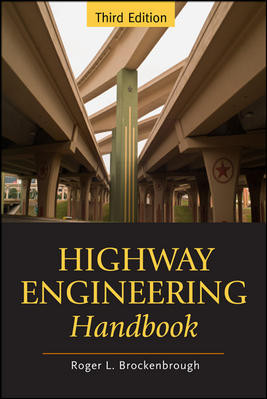
Few companies are operating retail natural-gas fueling stations across the U.S. these days. However, the prospect of many years of cheap natural gas is spurring a small construction boom to build out the country's so-called "natural-gas highway."
Most of the stations today are add-ons to existing gas and diesel filling stations. "We have about 300 stations today, mostly CNG [compressed natural gas], and are building about 70 LNG [liquified natural gas] stations in 2012 and about 80 in 2013. We are also building 50-plus CNG stations in 2012," says Bruce Russell, communications director for Seal Beach, Calif.-based Clean Energy Fuels Corp. If demand surges, the work may expand to natural-gas stations built from scratch. "It remains to be seen," Russell says.
Chesapeake Energy, Oklahoma City, announced in March that it had entered into a partnership with General Electric to install 250 CNG fueling stations. Because most distribution is at the fleet and public levels—buses, taxicabs, etc.—retail availability is limited. Clean Energy and Chesapeake are betting that natural gas will gain more mainstream acceptance as a transportation fuel among consumers.
G.E.'s "Station in a Box," which would be delivered and installed by Chesapeake, will provide retail fueling locations with CNG fueling services. "We want to offer a 'full-station experience' that drivers are used to, which is not common in the CNG market today," said Ujjwal Kumar, general manager of turbo machinery for G.E.'s oil-and-gas division.
The G.E. station is a plug-and-play application that simply needs to be connected to gas and electrical outlets before being fully operational. G.E. says the maximum fueling rate for its product is approximately seven to eight gas gallon equivalents (GGE) per minute. Construction costs have not been disclosed.
In general, the cost and scope of a natural-gas fueling-station project varies. According to a 2010 report published by Pacific Northwest Laboratory for the U.S. Dept. of Energy, costs for installing a CNG fueling station can range from $10,000 to $2 million, depending on the size and fueling rate. The U.S. Energy Information Administration (EIA) says an LNG fueling site can range from $1 million to $4 million. Clean Energy reported its LNG installations cost between $1 million and $1.5 million, depending on the cost of permitting, engineering and design services. "Much of the engineering and design is done in-house using a mix of general contractors across the country for construction," Russell says.
Long-haul truckers, looking to cut fueling costs, are considering making the switch to natural gas. Currently, there is not a large volume of natural-gas trucks on the road, but Freightliner, Navistar and Volvo, among others, are building more of them. Declining price premiums to equip a truck to run on natural gas also have made suppliers such as Clean Energy optimistic about the sector, Russell says. "It's come down from $100,000 to $30,000 for one of these trucks, so there are more and more all the time," he notes.
What's more, Clean Energy is consulting with trucking associations and shipping companies in an effort to install stations where they are needed the most. "Unless a truck is a part of a fleet that has arrangements with non-public LNG fueling stations, I don't believe they can make it across the country strictly on LNG," said Angelina LaRose, an EIA analyst. "And the same is true for CNG, though there might be more CNG retail stations."
The large-scale use of natural gas for transportation is dependent on supplies, and there has been considerable debate on the subject. Clean Fuels was firm when asked about supplies for its fueling-station build-out: "There's a general consensus that there is about 100 years of natural gas available," Russell says. "So supplies are not a concern." EIA, however, says it ranges from 10 to 60 years.















